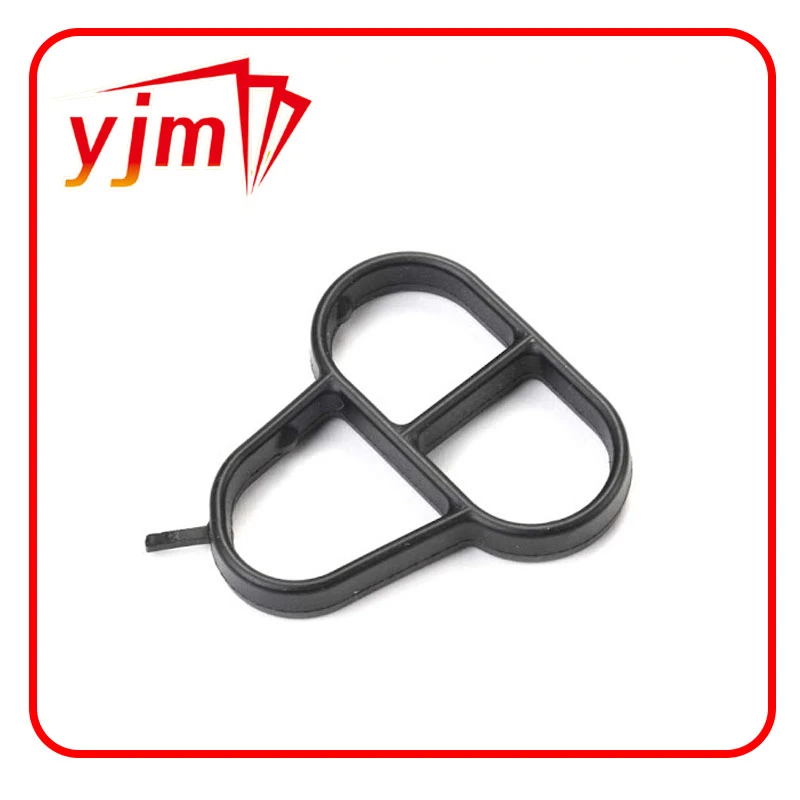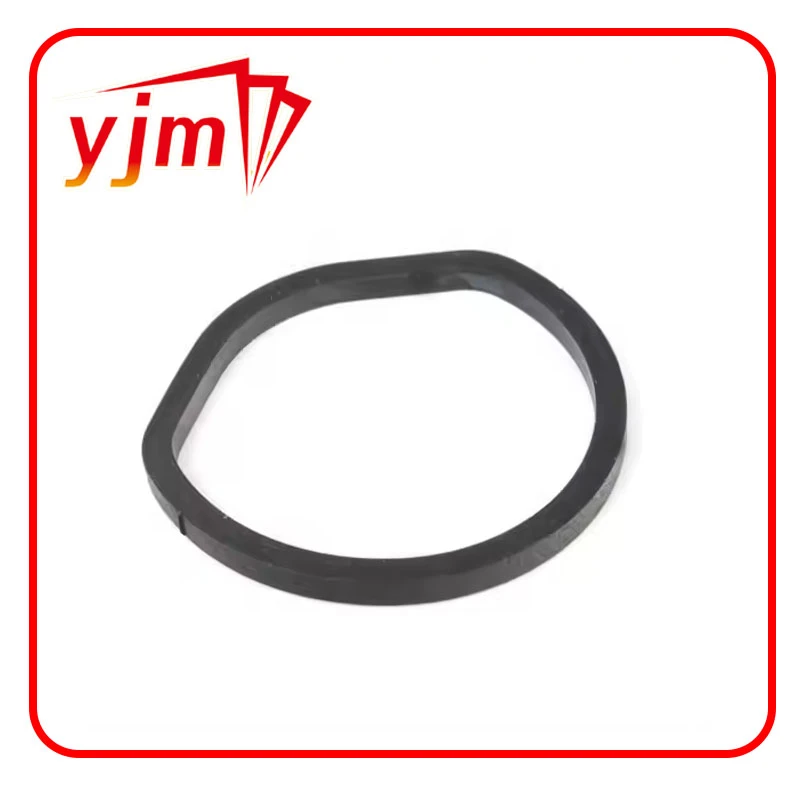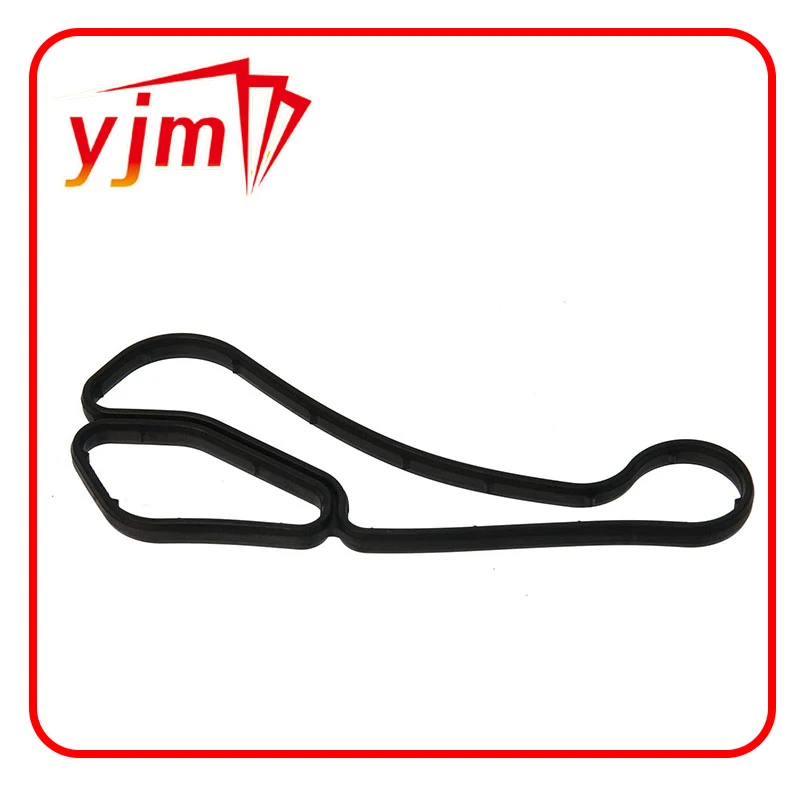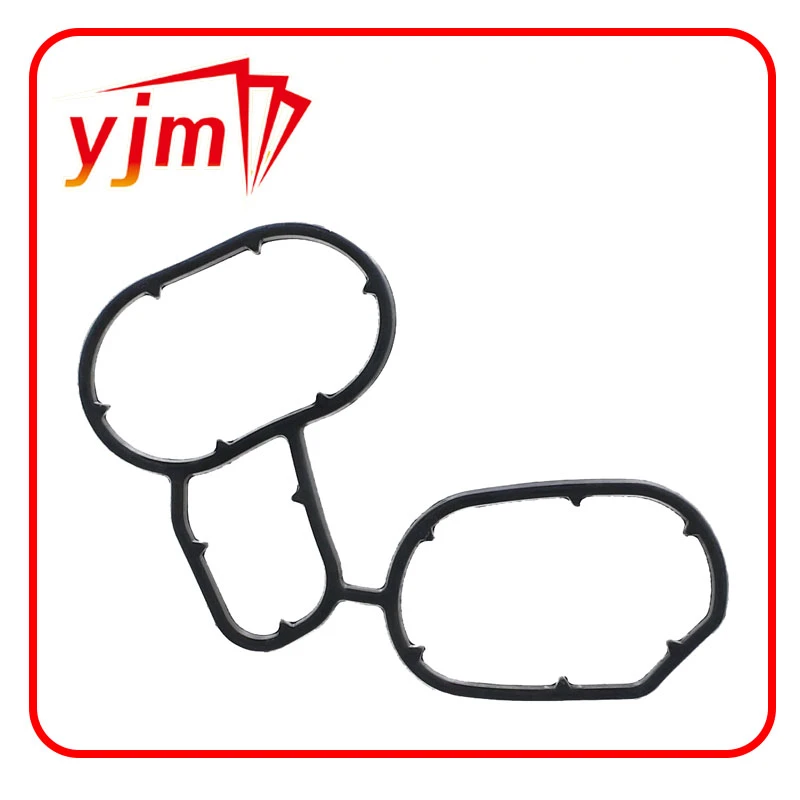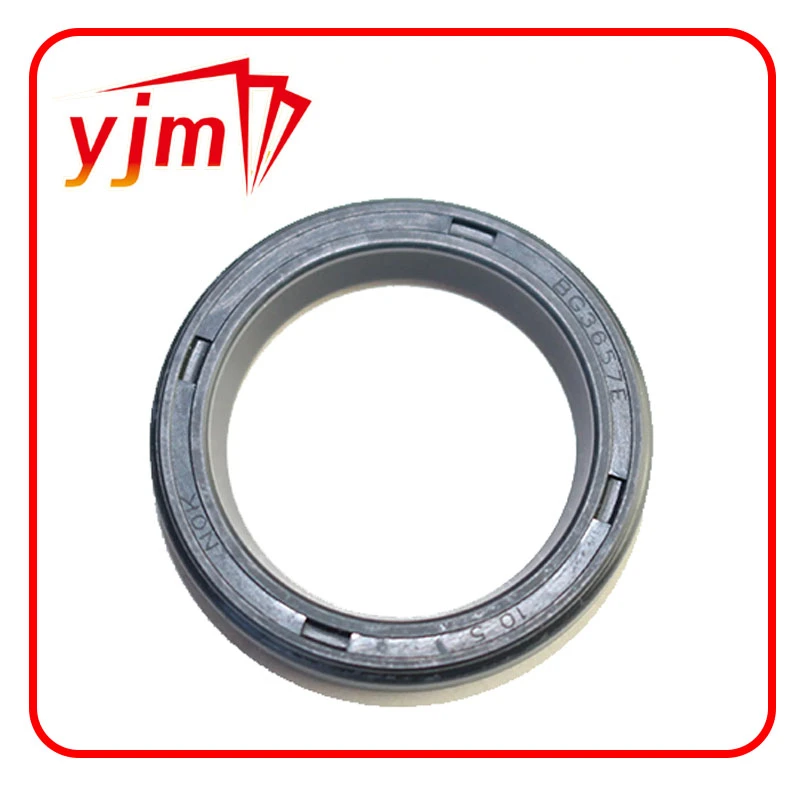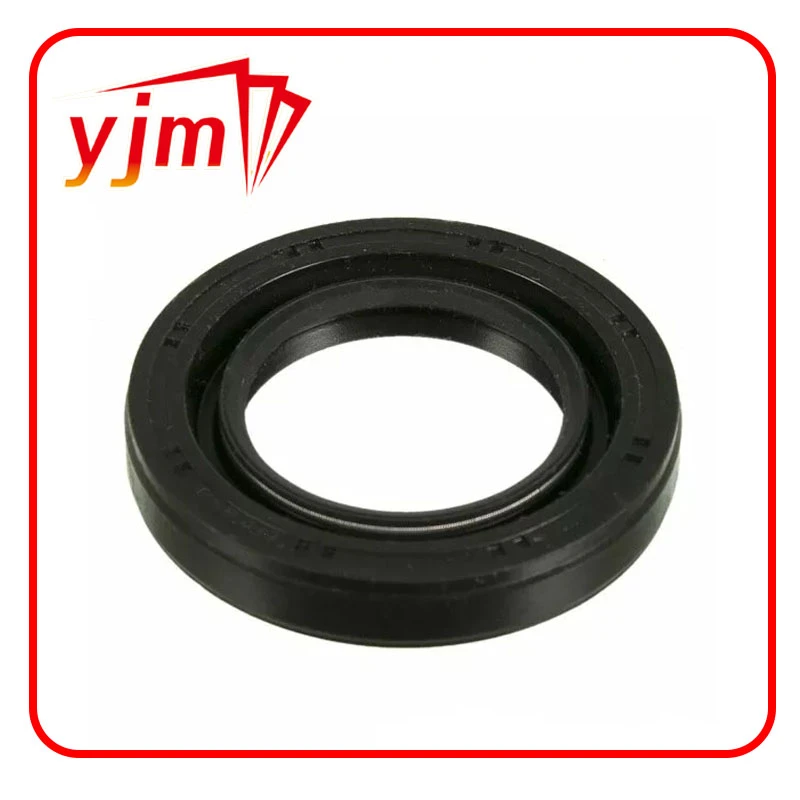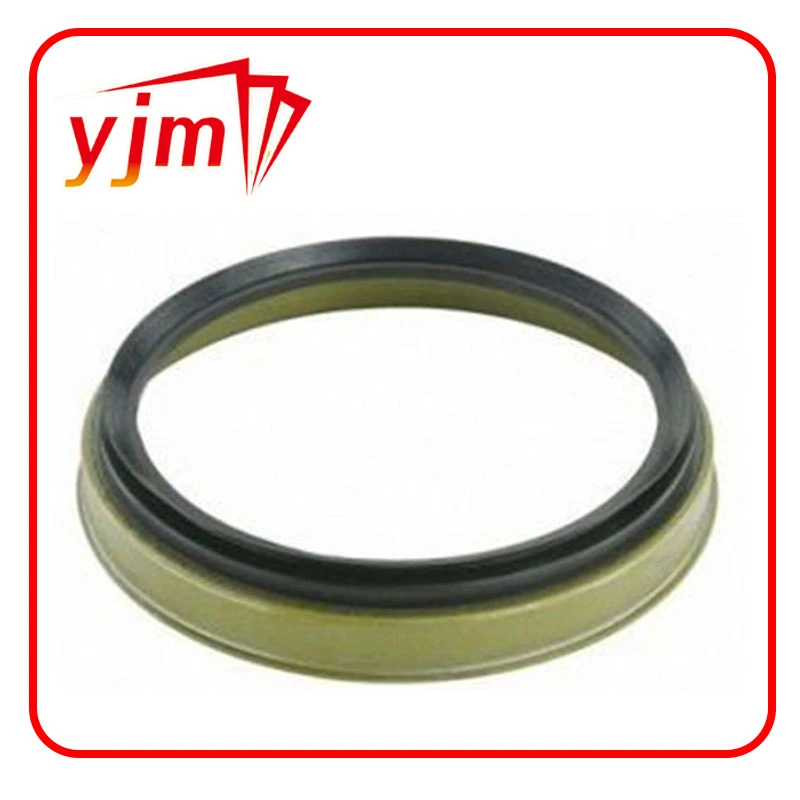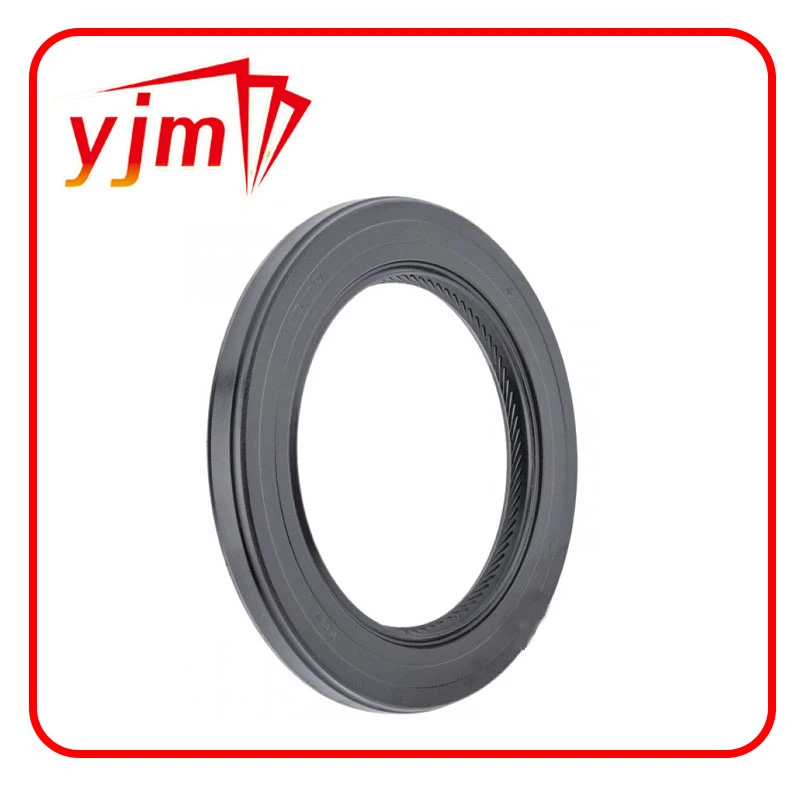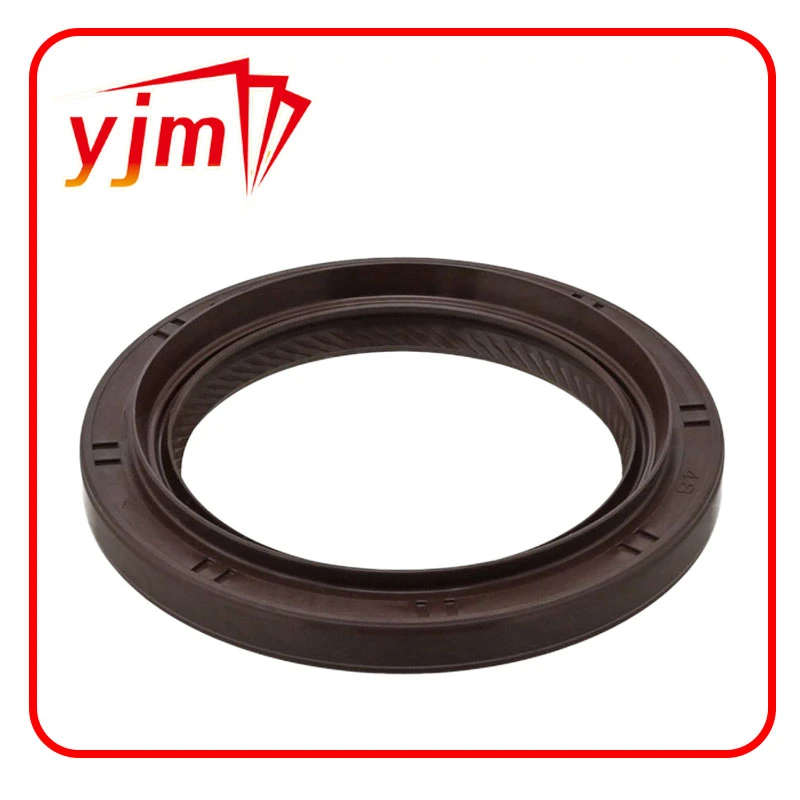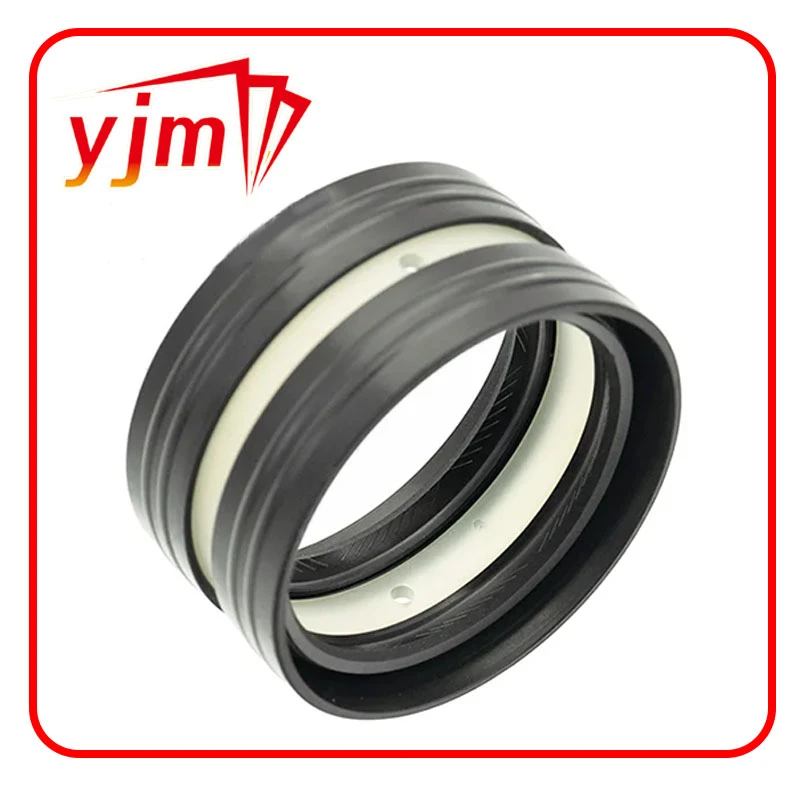A Complete Guide to Engine and Transmission Pan Gaskets: Sealing Performance and Preventing Leaks
Gaskets are essential components in automotive systems, acting as seals between metal surfaces to keep fluids in and contaminants out. Among the most critical are the oil pan gasket and the transmission fluid pan gasket. These parts prevent engine oil and transmission fluid from leaking, ensuring smooth operation and long-term engine and gearbox health. In this article, we explore the roles of various gaskets—such as the upper and lower oil pan gasket, transmission sump gasket, and transmission oil gasket—and how to identify, maintain, or replace them.
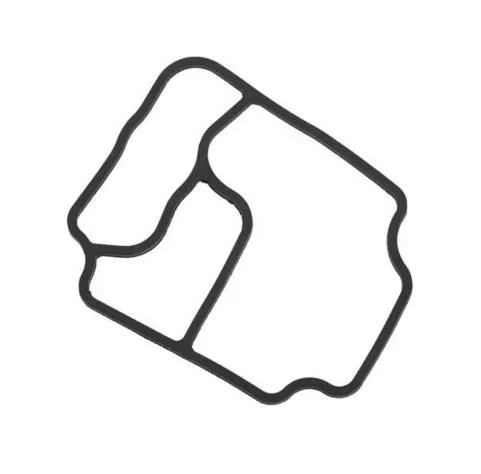
The Oil Pan Gasket: Engine Protection from the Bottom Up
The oil pan gasket is located between the engine block and the oil pan. Its primary job is to seal the joint and prevent oil from leaking out of the engine. The oil pan stores oil when the engine is off and collects oil that drains back after circulating through the system.
Types of Oil Pan Gaskets:
Rubber: Common in modern vehicles for flexibility and ease of installation.
Cork/Rubber Blend: Found in older models; provides decent sealing but deteriorates over time.
Silicone or Metal-Reinforced Rubber: High-performance and long-lasting; ideal for extreme heat and pressure.
Upper vs. Lower Oil Pan Gasket:
In some engines, especially performance or high-capacity ones, there are two sections of the oil pan:
Upper oil pan gasket: Seals the section attached directly to the engine block.
Lower oil pan gasket: Seals the removable bottom section of the oil pan used for oil collection.
The upper and lower oil pan gasket system offers more service flexibility and is common in engines with structural oil pans or aluminum blocks.
Signs of a Failing Oil Pan Gasket:
Oil leaks or puddles under the vehicle
A burning oil smell from the engine bay
Oil warning light on the dashboard
Smoky residue from oil dripping onto hot components
If your gasket fails, replacing it involves draining the oil, removing the oil pan, cleaning surfaces thoroughly, and installing a new gasket with proper torque specifications.
Transmission Fluid Pan Gasket: Ensuring Smooth Shifts
Just as the engine has its oil pan, automatic transmissions have a fluid pan sealed by a transmission fluid pan gasket. This gasket keeps the transmission fluid inside the pan, which is critical for lubrication, cooling, and hydraulic pressure in the transmission system.
Transmission Oil Gasket vs. Transmission Sump Gasket:
While sometimes used interchangeably, these terms can refer to different components depending on the vehicle:
Transmission oil gasket usually refers to the main gasket sealing the transmission fluid pan.
Transmission sump gasket can refer to the same gasket or an additional one used in complex transmission systems with multiple sections or filters.
Whether it’s called a sump gasket or an oil gasket, its role is to prevent fluid leaks and maintain internal pressure.
Warning Signs of a Failing Gasket:
Reddish or dark brown fluid under the car
Delayed or jerky gear shifts
Transmission overheating
Transmission fluid level drops quickly
Leaks from a worn or cracked transmission pan gasket can lead to performance issues and, if ignored, expensive repairs. That’s why it's standard practice to replace the transmission oil gasket during a fluid change or filter service.
Replacing the Transmission Pan Gasket:
Lift the Vehicle Safely and secure it with jack stands.
Drain Transmission Fluid into a proper container.
Remove the Transmission Pan carefully to avoid further spillage.
Clean Surfaces to remove old gasket material and residue.
Install the New Gasket (or apply gasket sealant if specified).
Reattach and Torque the Bolts evenly.
Refill Transmission Fluid and check for leaks.
Many transmission pan gaskets come with filter kits, so replacing both at the same time ensures better performance.
Best Practices for Maintenance and Leak Prevention
While gasket failure is inevitable with age, proper care can extend the life of your oil pan gasket and transmission sump gasket. Here are some key maintenance tips to avoid leaks and ensure tight seals:
- Use High-Quality Gaskets
Cheap gaskets may not withstand high temperatures or pressure. Opt for OEM or trusted aftermarket brands, especially when dealing with upper and lower oil pan gaskets in high-performance engines.
- Avoid Over-Tightening Bolts
Too much torque can crush the gasket or warp the sealing surface, leading to leaks. Always use a torque wrench and follow manufacturer specifications.
- Inspect During Oil or Fluid Changes
Whenever you change your engine oil or transmission fluid, take a moment to inspect the pan area for signs of seepage or degradation around the gasket.
- Clean Mating Surfaces Thoroughly
When replacing a gasket, ensure both mating surfaces (pan and engine or transmission block) are completely clean. Residue or old sealant can prevent a proper seal.
- Consider RTV Sealant Where Appropriate
Some engines and transmissions require or recommend the use of RTV silicone gasket maker. Use only when specified and in the right quantity to avoid clogging oil or fluid passages.
Whether you're working on a compact sedan or a performance engine, maintaining your oil pan gasket, transmission fluid pan gasket, and related seals is vital for reliable vehicle operation. Understanding the differences between an upper oil pan gasket and a lower one, or identifying the role of the transmission sump gasket, gives you a better grip on preventive maintenance and repair.
Leaks may start small, but they often lead to significant issues if ignored. By investing in quality gaskets, following proper installation techniques, and performing regular inspections, you’ll keep both your engine and transmission systems running clean, efficient, and leak-free for the long haul.
-
Seal 12x20x5: Precision Radial Shaft Seals for Industrial Reliability
Навіны Nov.24,2025
-
Seal 12x18x5: Essential Guide to Specifications, Applications & Vendors
Навіны Nov.24,2025
-
Understanding Seal 12 20 5: Applications, Specifications & Industry Insights
Навіны Nov.23,2025
-
Durable Oil Seal 85x110x12 – Reliable Sealing Solutions for Industry
Навіны Nov.23,2025
-
Durable and Precise Oil Seal 75x95x10 for Efficient Machinery | YJM Seal
Навіны Nov.22,2025
-
Durable Oil Seal 75x100x10 for Reliable Industrial Performance | YJM Seal
Навіны Nov.22,2025
-
High-Quality Oil Seal 65x90x10 | Durable & Reliable Sealing Solutions
Навіны Nov.22,2025
Катэгорыі тавараў

